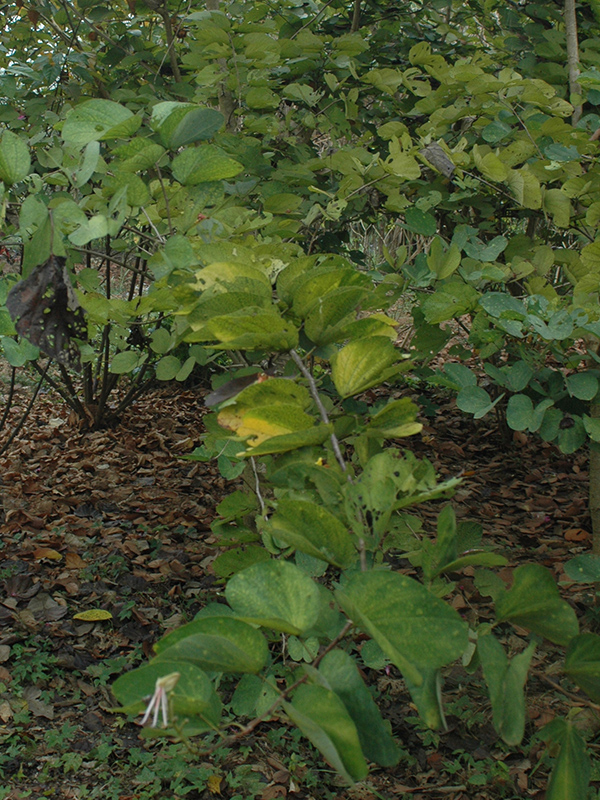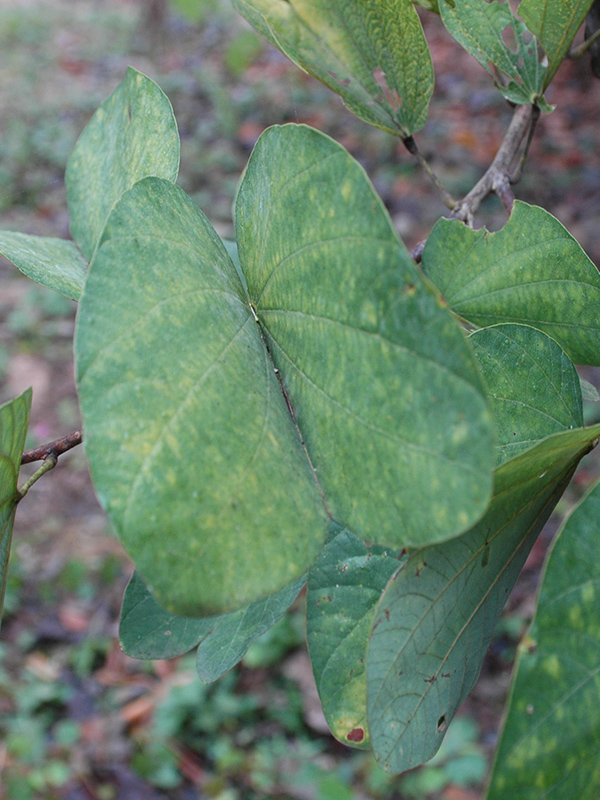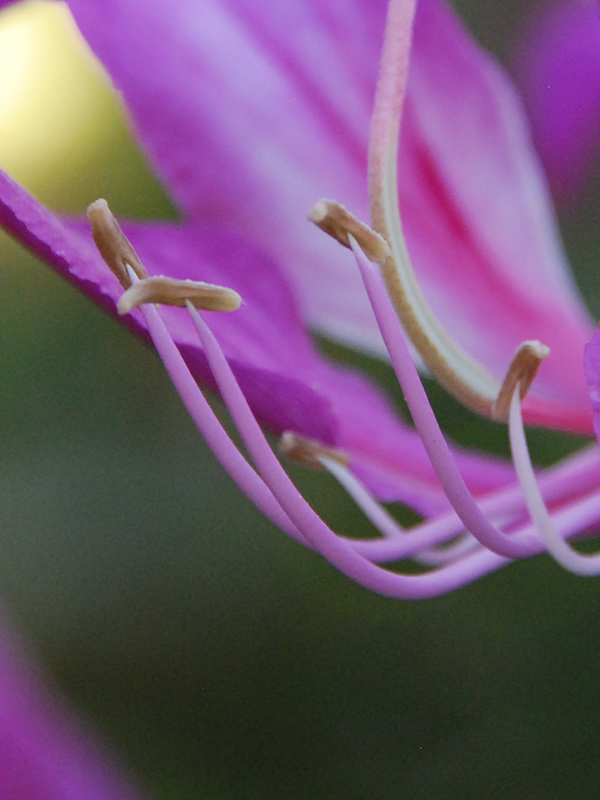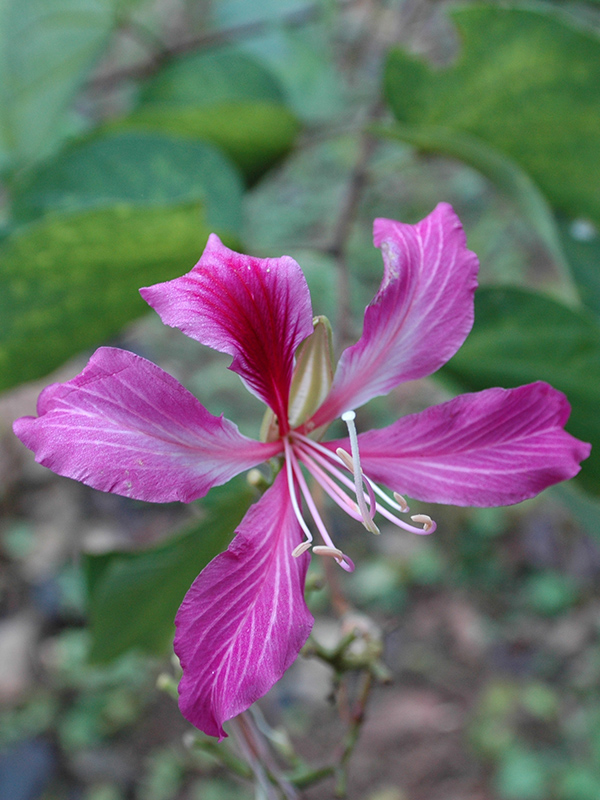
Tropicals > Bauhinia > Bauhinia purpurea > Bauhinia purpurea
Bauhinia purpurea
Hong Kong Orchid Tree, Purple Camel's Foot, Hawaiian Orchid Tree
Origin: Southern China and Southeast Asia.
Mike's
Opinion


"
The purple orchid tree is a very interesting plant with Its large bright autumn flowers being the prominent feature of this popular tropical. Large 10 cm wide flowers encompass the canopy throughout the autumn producing a strong fragrance. The tree is suited for parks and gardens providing plenty of shade.
Michael Pascoe, NDP., ODH., CLT., MSc. (Plant Conservation)
"
| Family |
| Fabaceae |
| Genus |
| Bauhinia |
| Species |
| purpurea |
| Category |
| Tropicals |
| Type |
| Tree (deciduous) |
| USDA Hardiness Zone |
| 9 - 11 |
| Canadian Hardiness Zone |
| Requires cool season protection under glass. |
| RHS Hardiness Zone |
| H1c - H4 |
| Temperature (°C) |
| -7 - 10 |
| Temperature (°F) |
| 20 - 50 |
| Height |
| 6 - 10 m |
| Spread |
| 4 - 6 m |
Photographs
Description and Growing Information
Flowering Period
| General Description |
| A fast growing small to medium sized deciduous tree boasting a dense rounded crown consisting of dual-lobed leaves. The tree blooms from September to November producing large, fragrant, bright purple blooms resembling an orchid. |
| Landscape |
| It is planted near decks and patios because of its beauty and fragrance and is used in parking lot islands and highway medians. |
| Cultivation |
| B. purpurea does not perform well in some cityscapes due to its need for slightly acidic soil and thus where it is used in such instances particular attention needs to be paid to soil quality. |
| Shape |
| The canopy is elliptical-vase shaped. |
| Growth |
| Fast |
| ID Characteristic |
| Alternate simple palmate leaves, dual-lobed with a glabrous petiole. Large rosy purple flowers, up to 10 cm wide, with a strong fragrance are a distinguishable feature of B. purpurea. The fruit is brown, pod shaped and will hang on the branches throughout the winter. |
| Pests |
| The tree is susceptible to leaf spot, leaf scorch and Clitoria yellow vein virus. |
| Bark/Stem Description |
| As a young plant the bark is fairly smooth but as the tree matures the bark becomes very rough. |
| Leaf Description |
| A , deep green, glabrous, double-lobed leaf that is somewhat heart-shaped and is 5-10 cm in length. Little to no autumn colour change. |
| Flower Description |
| Blooming from September to November, flowers are large, up to 10 cm in diameter with five petals peeling backward to showcase the prominent stamen. Flowers emit a wonderful fragrance that attracts insects and hummingbirds. |
| Fruit Description |
| Brown, elongated pods to 15-30 cm in length. Pods contain 10-15 glabrous flat seeds. The pods twist open during the cold winter months to release the seed but some will persist on the tree throughout winter into the spring. |
| Colour Description |
| Purple flowers, dark green leaves and grey-brown bark. |
| Texture Description |
| A medium textured tree. |
| Propagation |
| Charge seeds in damp paper towel for up to two days. Plant 2-4 cm below the surface and keep seed flats in a cool shaded area but move to full sun once the seedlings have grown several centimeters. |
| Ethnobotanical Uses (Disclaimer) |
| B. purpurea has a wide range of medicinal as well as cultural uses. In many South Asian countries, the flowers, leaves and roots are used in anti-inflammatory medicines to help aid symptoms of bruises, boils, ulcers and various forms of swelling. The phytochemicals in these medicines have been successful in fighting cancers in treated patients. In India the roots are boiled and used as a vital snake venom antidote. The flowers, seeds, fruit and leaves are all edible. The bark is used in binding and rope making in South Asian countries. |



